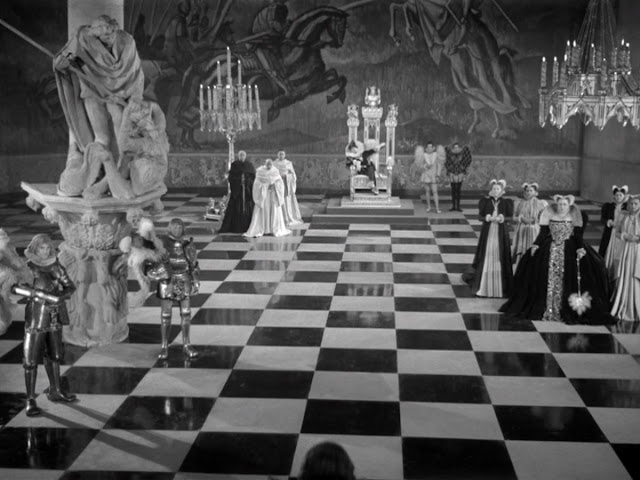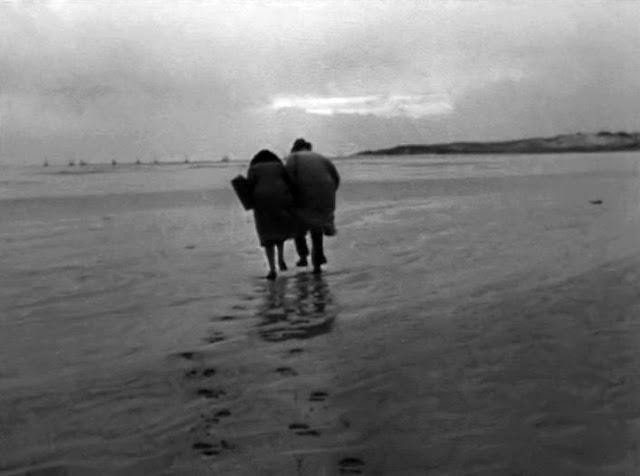Show People (1928)

King Vidor's "Show People" In 1928, King Vidor agreed to shoot a comedy as a vehicle for Marion Davies. This agreement was made in accordance that Cosmopolitan Pictures supervise the film. Cosmopolitan Pictures, a subsidiary of MGM, was controlled by influential newspaper magnate, William Randolph Hearst. Vidor made three films with Marion Davies that showcased her comedic talents. The most popular and commercially successful of these was Show People. Show People would go on to be Marion Davies's most successful pictures she had ever been apart of. The film seems to be a very simple and light comedy and tells the story of an actress who comes to Hollywood to find stardom. The actress, Peggy Pepper, has been said to have been inspired by the career of Gloria Swanson. Peggy Pepper arrives in Hollywood with her father from Georgia. Peggy's naivety is ever apparent as she doesn't seem to know the standards of making a Hollywood film as she walks in front of camer




